The Curse of the Weeping Woman is James Wan’s next horror flick which is set to release in a couple of months. This particular tale will dig La Llorona right up from Mexican folklore and will unleash her to scathe another innocent family.
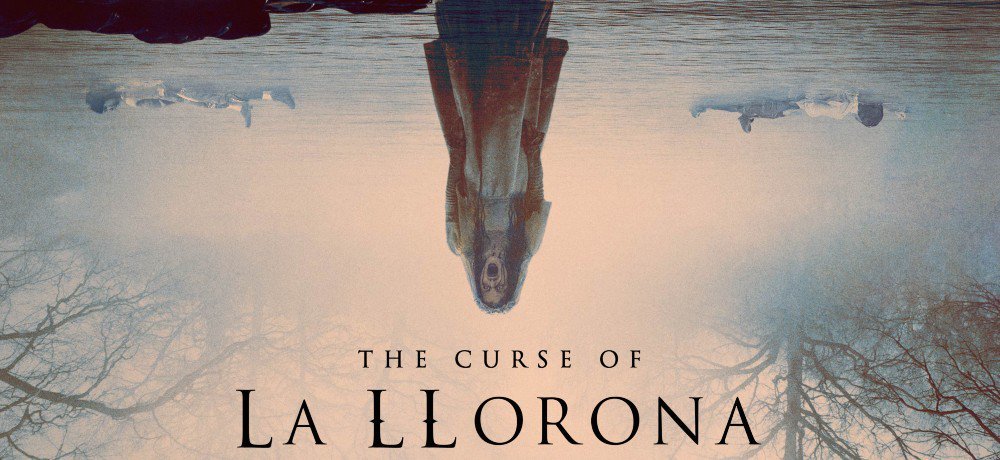
The Weeping Woman stems from popular Latin American folklore and is deeply ingrained in the Mexican culture and among the Chicano Mexican population of the United States.
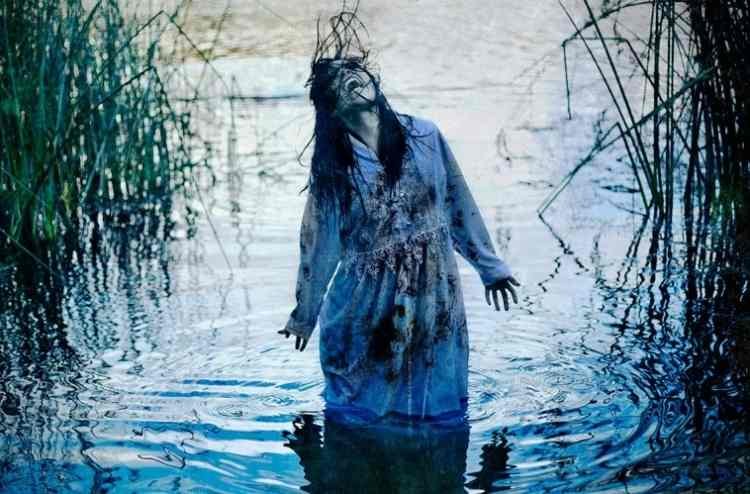
According to a popular version of the tale, the Weeping Woman was once a beautiful maiden named Maria.
She married a nobleman and gave birth to two sons. Her husband was a traveller and he rarely visited home. During their time ‘apart’, his feelings for her began to dull.
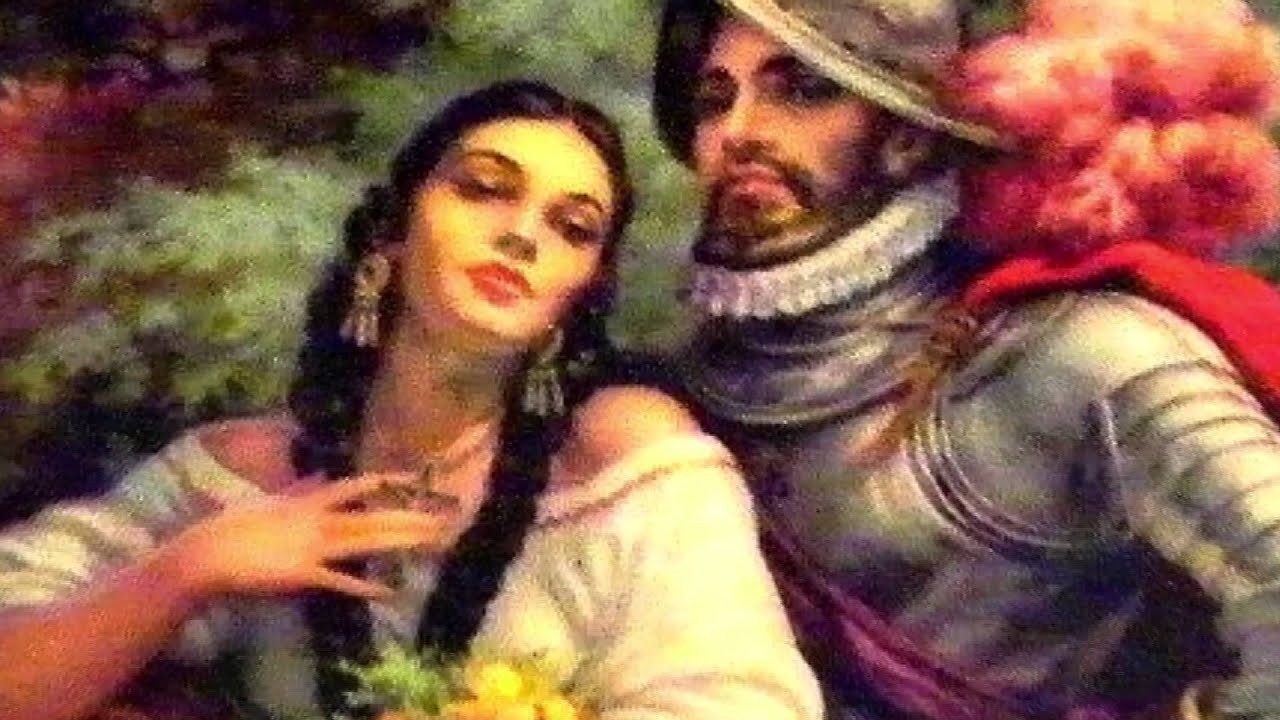
But her husband still loved his sons and gave them all the attention that he left his wife bereft of. Once when he was in town, she caught him with a younger woman.
Enraged, she took her sons to Santa Fe River and drowned them. She also was found dead on the riverbank a few days later, the cause of which remained unknown.

It is said that when she reached Heaven, she was denied entry until she found the souls of her sons. Thus, she wanders the Earth looking to reclaim their souls.
Dressed in a white gown and mourning for her sons, La Llorona takes lost and abandoned children and drowns them in the hopes of recovering souls that will allow her entry into the afterlife.
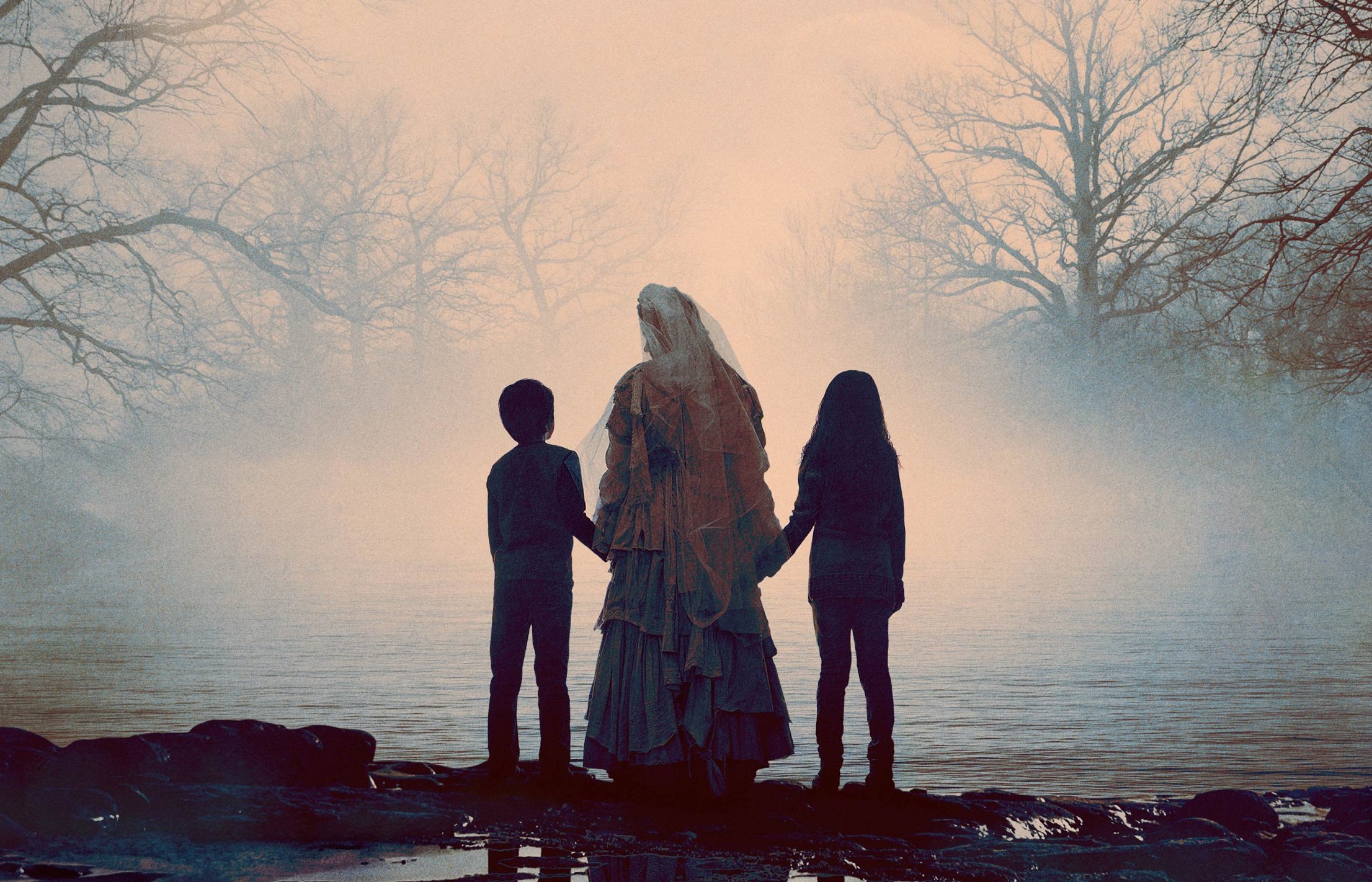
La Llorona is a legendary figure with various incarnations. She is often presented as a banshee. A banshee is an apparition of a woman dressed in white and is often found by lakes or rivers, sometimes at crossroads.
She cries into the night for her lost children whom she has killed. The ‘murder’ is sometimes carried out with a knife but very often, the children are drowned.
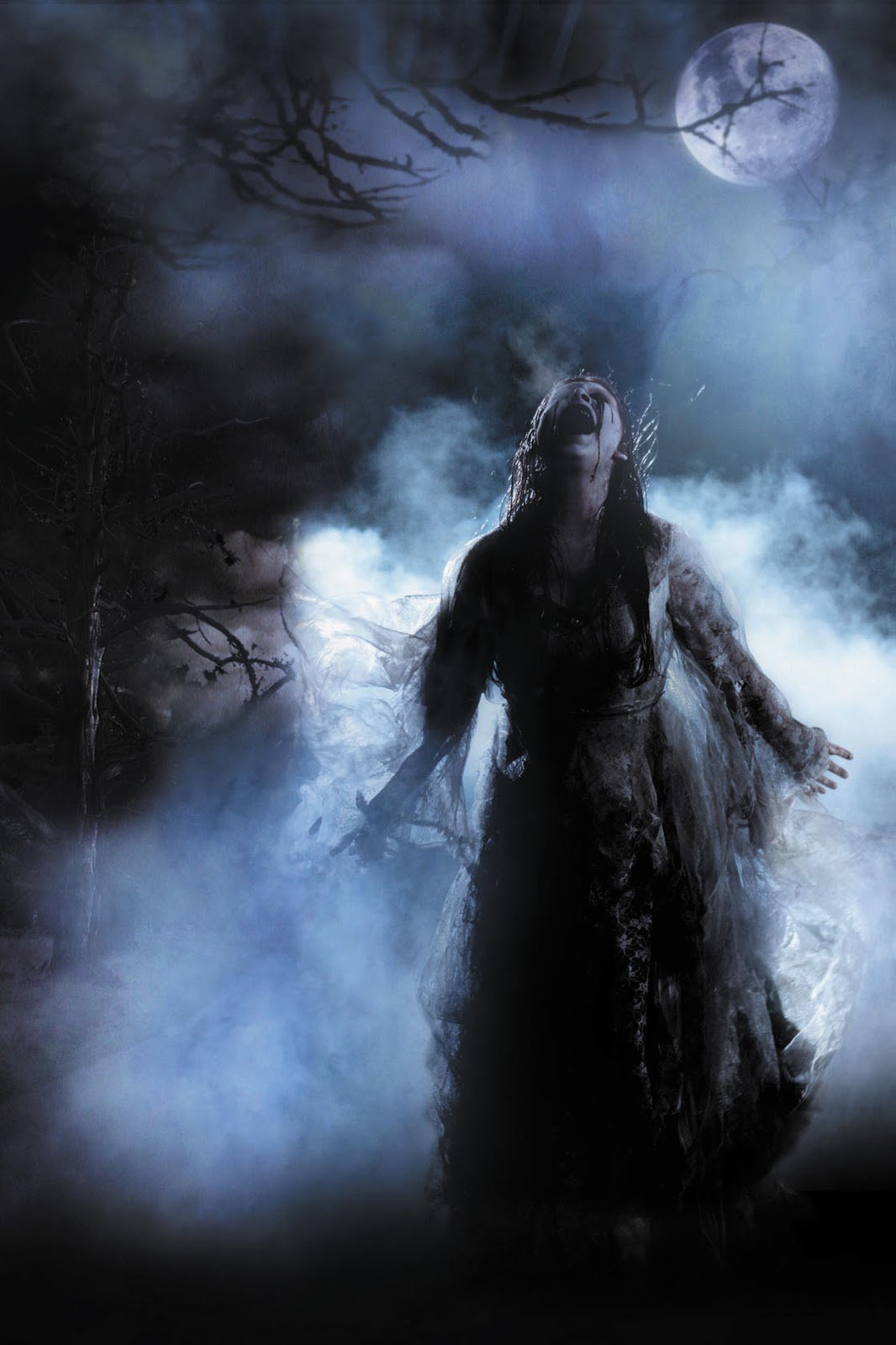
La Llorona is also thought to be one of ten omens which foretold the Conquest of Mexico, linking her to Aztec goddesses.
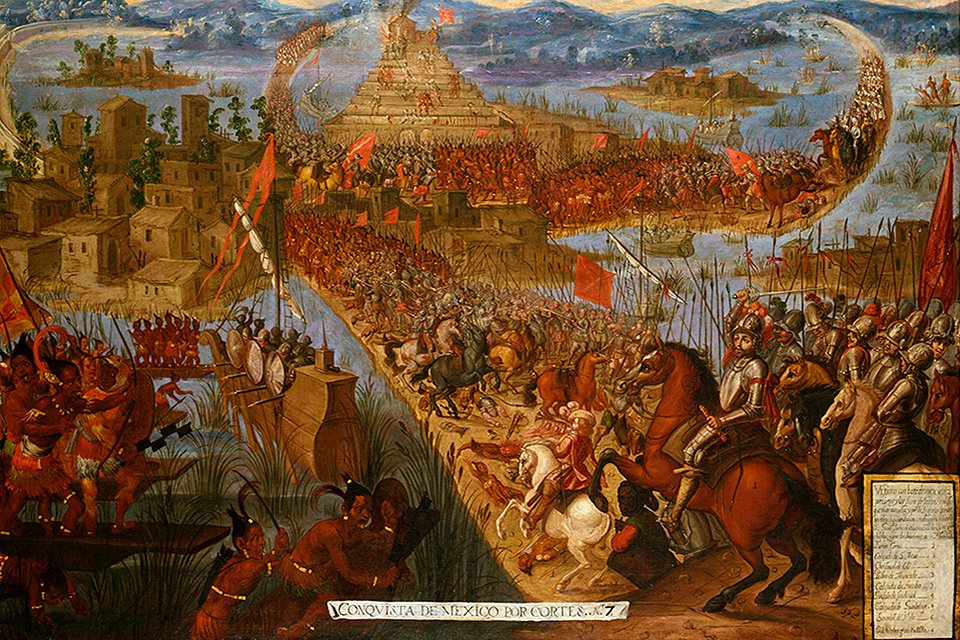
In the Florentine Codex, an encyclopedic work on the Nahua peoples of Mexico, one can find two Aztec goddesses who share uncanny similarities to La Llorona. The first is Cihuacoatl who is described as a savage beast and an evil omen. She used to appear in white and would walk at night weeping and wailing.
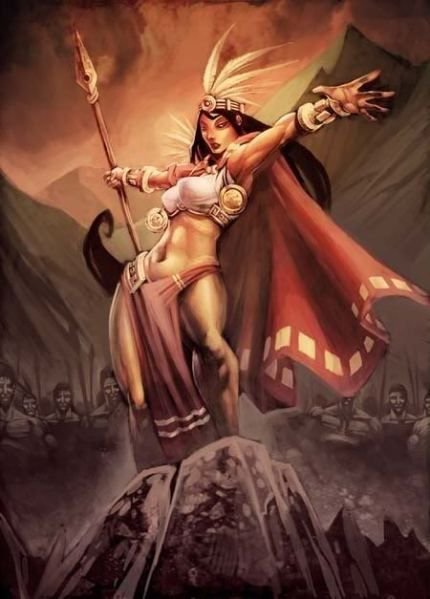
She is also often described as an omen of war. Ciuacoatl is linked to the sixth of ten omens that foretold the Conquest – the voice of a woman heard wailing at night who wails about the fate of her children.
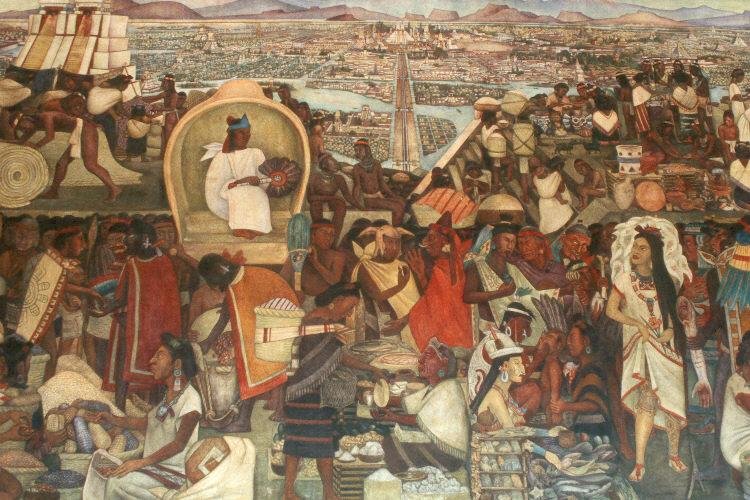
Another codex links the origin of the La Llorona myth to yet another Aztec goddess, Coatlicue. Coatlicue was the mother of Huitzilopochtli, the Aztec god of war.
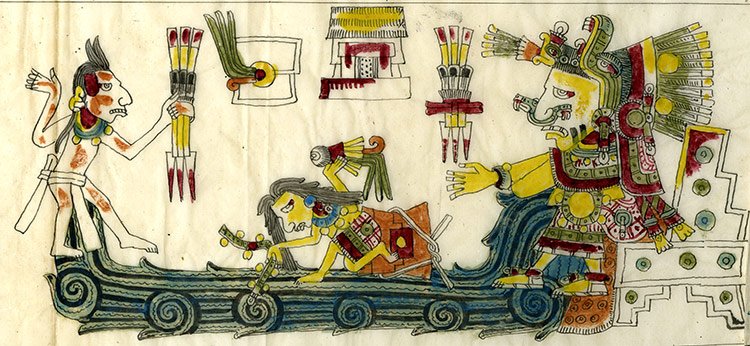
Her face always used to be black and covered with filth so much so that she looked like something straight out of hell. It is said that she waited for her son to return from war and thus would mourn for him while he was gone.
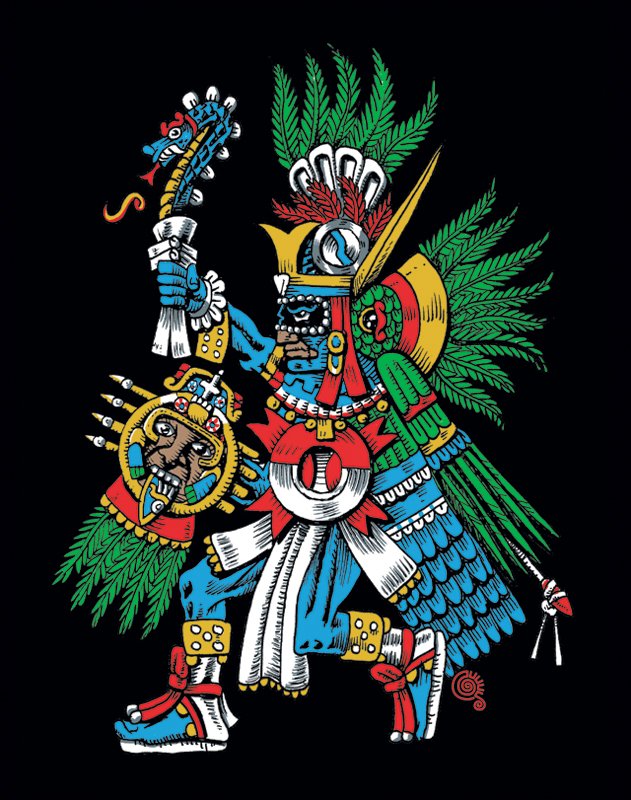
If you have kids, make sure that you do not rent a place near a lake. You never know, your family might very well be her next target.

















